Loom puts all those elements together in a video for you. If you use your camera, your face will appear in the lower-left portion of the video, with the screen capture taking up most of the real estate. All videos are accessible by a URL. Instead of a long email, your client gets to see your face and hear your voice. Plus, they can always revisit the URL to refer back to your message if they need it.
Loom lets you store your videos in folders, making them easy to find and re-use. You could record videos for new client onboarding, or explain the quoting process. You can show your team how you want them to do something, or show your developer the problem you’re having with your website. Video makes everything faster in all these use cases.
As we write this, Loom has a rating of 4.8/5 stars, with over 9,400 reviews. There’s a desktop app in the works so you can record from your computer without opening a browser.

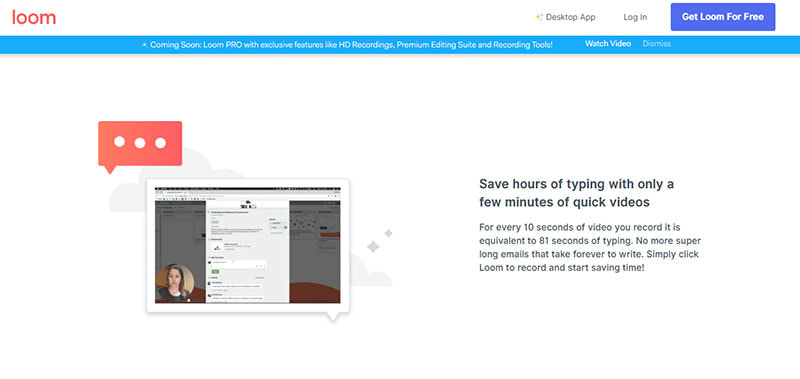

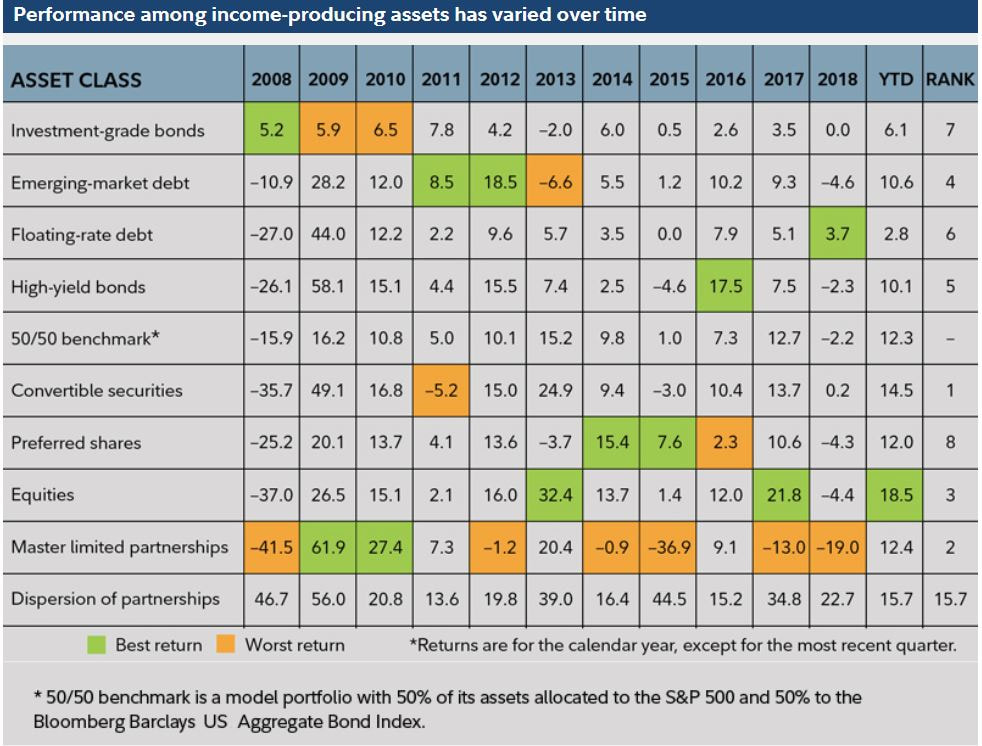
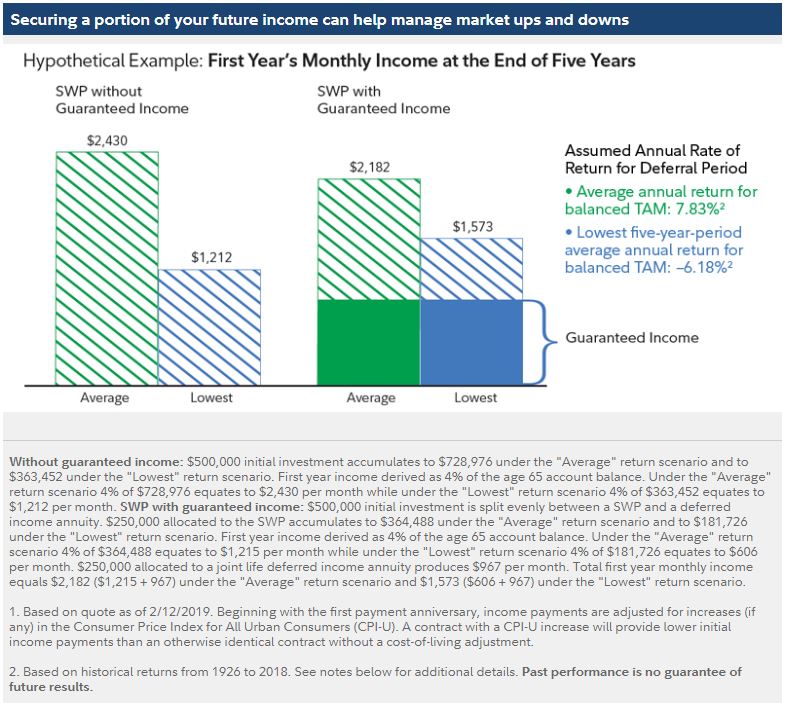
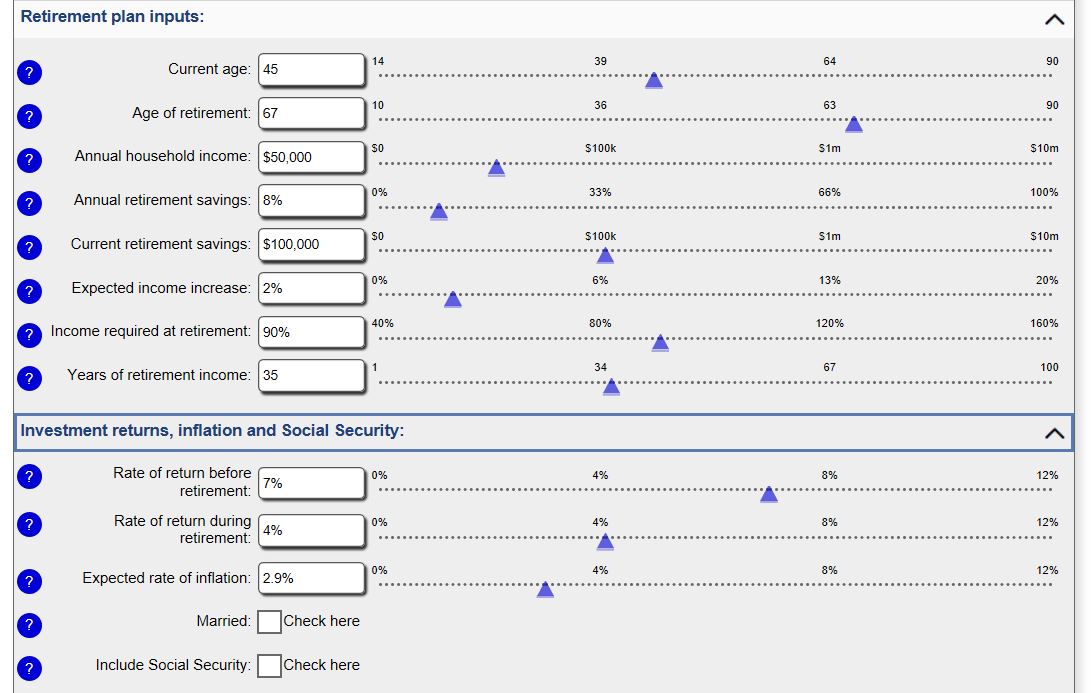
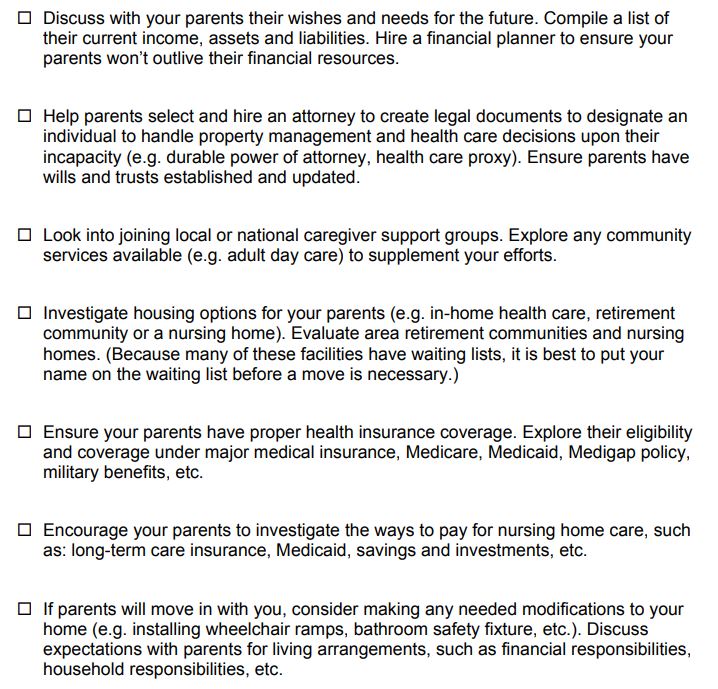
 RSS Feed
RSS Feed
